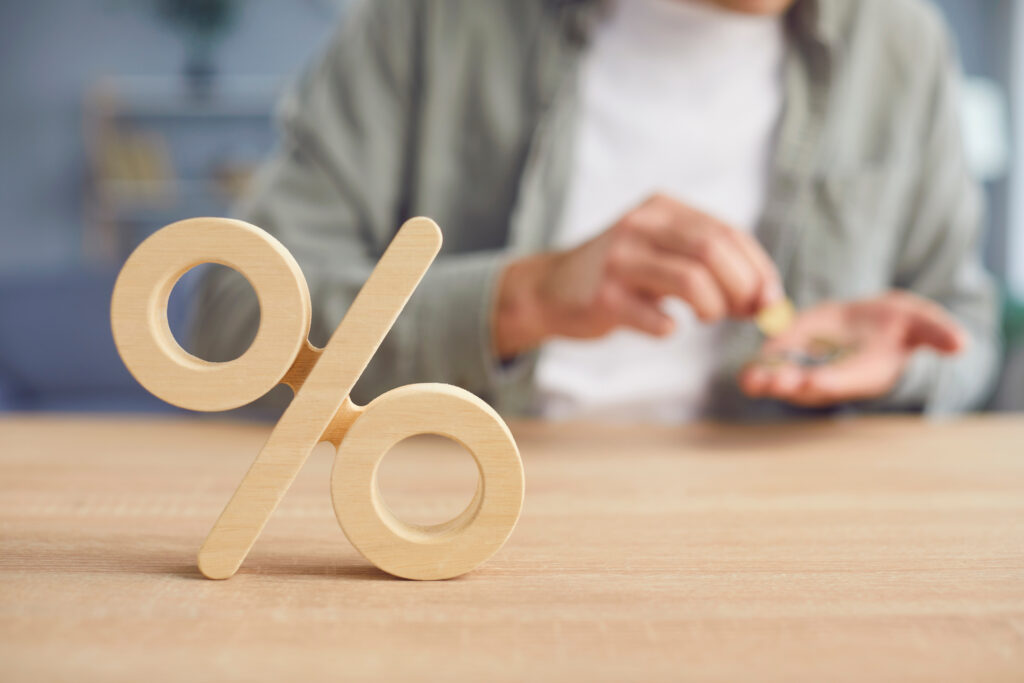Everyone should feel confident about their savings choices. That’s why term deposits are becoming a popular option for those looking to grow their money safely. But many people wonder how much they will actually earn. Understanding how to calculate interest on a term deposit can help you plan better and make informed decisions. That’s what this guide from Judo Bank is for, so read on.
What Is a Term Deposit?
A term deposit is a type of savings account where you agree to lock away a sum of money for a set period called the term. This could be as short as three months or as long as five years. In return, you earn a fixed interest rate, which means you know exactly how much your money will grow by the end of the term.
You also get to choose from different maturity options, like receiving your interest during the term or at the end, depending on what suits your needs. Unlike regular savings accounts, where rates can change, a term deposit’s rate stays the same, giving you certainty.
So, now that the basics are covered, it’s time to calculate.
Simple Interest vs. Compound Interest
When it comes to term deposits, there are two main ways interests can be calculated—simple interest and compound interest. Most term deposits, including those at Judo Bank, use simple interest, but it’s helpful to understand both so you can see the full picture.
Simple Interest
This one is simple. It’s calculated only based on the original amount you deposited, which is called the principal. The interest doesn’t grow on itself over time. It’s just based on that initial amount for the entire term. This is the most common method for term deposits because it’s easy to predict and calculate.
Compound Interest
Compound interest, on the other hand, is a bit different. It’s calculated on the principal plus any interest you’ve already earned. So, as time goes on, you earn interest on a bigger amount. While this can lead to more earnings, it’s less common for term deposits and more typical on savings accounts with compounding features.
How to Calculate Simple Interest
When calculating simple interest on a term deposit, here’s what you’ll need:
Principal (P): The amount of money you deposit at the start.
Interest Rate (R): The annual interest rate, expressed as a percentage (e.g., 3% becomes 0.03 in the formula).
Time (T): The length of the term, measured in years (e.g., 6 months is 0.5 years).
Now, the formula is this:
Interest = Principal x Rate x Time or I = P x R x T
Let’s break it down with an example to make it crystal clear.
Example 1: A One-Year Term Deposit
Suppose you deposit USD$10,000 in a Judo Bank term deposit with a 3% annual interest rate for one year. Here’s how you calculate the interest:
Principal (P) = USD$10,000
Rate (R) = 3% = 0.03
Time (T) = 1 year
Plug these into the formula:
I = 10,000 x 0.03 x 1
I = USD$300
So, you’d earn USD$300 in interest over the year. At the end of the term, you’d get your USD$10,000 back plus the USD$300, totaling USD$10,300.
Example 2: A Six-Month Term Deposit
What if the term is shorter, say six months? Let’s use the same USD$10,000 at 3%:
Principal (P) = USD$10,000
Rate (R) = 3% = 0.03
Time (T) = 6 months = 0.5 years
Plug these into the formula:
I = 10,000 x 0.03 x 0.5
I = USD$150
For six months, you’d earn USD$150 in interest. Your total at the end would be USD$10,150.
These examples show how easy it is to figure out your earnings. But what happens if the term is longer or the interest is paid differently?

Interest Payment Options
One thing that makes term deposits flexible is how you can choose to receive your interest. This offers a better way to control your money. At Judo Bank, you can often pick whether you want it paid monthly, yearly, or at the end of the term (called “maturity”).
This choice doesn’t change the total interest you earn with simple interest, but it affects when you get the money.
- Monthly payments: Great if you want regular income, like a little boost to your budget each month.
- Yearly payments: Good for longer terms if you want a bigger sum once a year.
- At maturity: It is best if you don’t need the interest right away and prefer one lump sum at the end.
For example, in the six-month term deposit above, your USD$150 interest could be paid as USD$25 per month (over six months) or all USD$150 at the end. The total stays the same with simple interest, but the timing matters depending on your needs.
This flexibility is handy, but it also leads to a question: what if your term deposit compounds interest instead?
Calculating Compound Interest
While most term deposits use simple interest, some might offer compounding, especially for longer terms or special products. Compound interest can make your money grow faster because you earn interest on both your principal and the interest already added. Here’s how it works.
The formula for compound interest is:
A = P x (1 + r/n)ˆ(n x t)
Where:
A: The final amount (principal plus interest).
P: The principal.
r: The annual interest rate (as a decimal).
n: The number of times interest is compound per year (e.g., monthly = 12).
t: The time in years.
To find just the interest, subtract the principal from the final amount:
Interest = A – P
Let’s try an example to see the difference.
Example: A Two-Year Team Deposit with Monthly Compounding
You deposit USD$10,000 at a 3% annual rate, compounded monthly, for two years:
P = USD$10,000
r: 0.03
n: 12 (monthly)
t: 2
Calculate:
A = 10,000 x (1 + 0.03/12)ˆ(12 x 2)
A = 10,000 x (1 + 0.0025)ˆ24
A = 10,000 x (1.0025)ˆ24
A = 10,000 x 1.0618 = USD$10,618
Now, the interest is:
Interest = 10,618 – 10,000 = $618
Compare this to simple interest for the same deposit (USD$10,000 at 3% for 2 years):
I = 10,000 x 0.03 x 2 = USD$600
With compounding, you earn USD$18 more. It’s a small difference for short terms, but over longer periods or with higher rates, compounding can add up. This example shows why it’s worth checking how your term deposit calculates interest.
Why Understanding This Matters
Experts at Judo Bank believe that this knowledge is power. When calculating your term deposit interest, you’ll see what your money can do for you. Plus, it takes the mystery out of banking, so you can focus on what matters most—achieving financial security in the long run.
